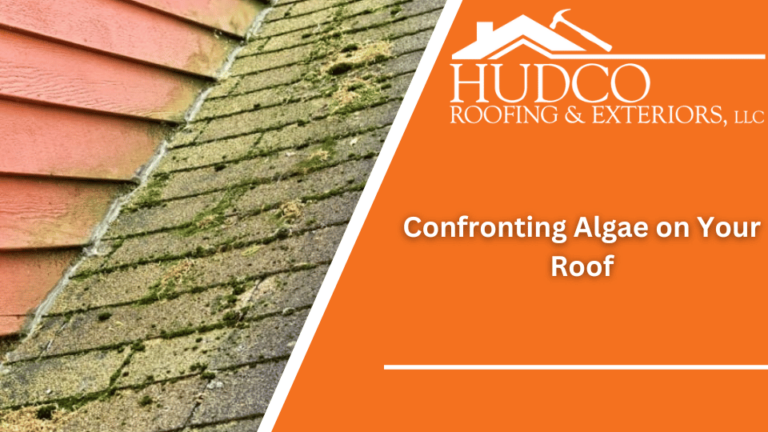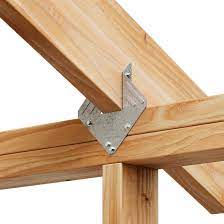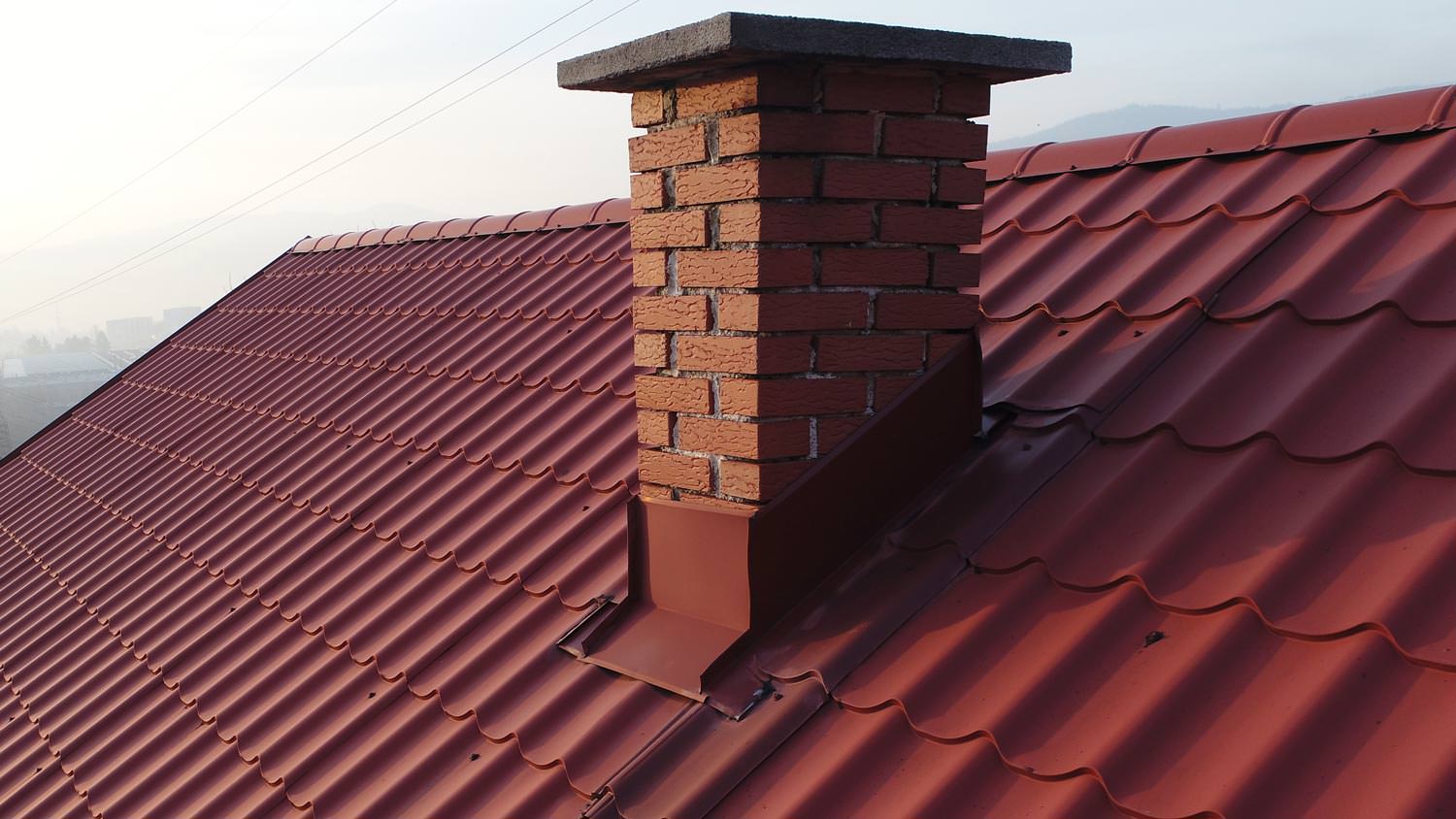Confronting Algae on Your Roof with HUDCO Roofing & Exteriors. The Southeastern United States is known for its lush green landscapes and humid subtropical climate. While this climate can be delightful for many aspects of life, it also provides the perfect conditions for an unwelcome guest on your roof: algae. In this article, we’ll delve into the causes and consequences of algae growth on roofs in the Southeast and explore how shingle manufacturers combat this persistent issue.
Confronting Algae on Your Roof
Understanding Algae Growth:
Algae, specifically blue-green algae, often appears as black streaks or dark stains on roofing shingles. This unsightly growth is primarily caused by two factors:
Humidity: The Southeastern U.S. experiences high humidity levels, especially during the warmer months. The combination of heat and moisture creates an ideal environment for algae to thrive.
Organic Material: Algae require organic material to grow. Roofing shingles, particularly asphalt shingles, contain organic compounds that serve as a food source for algae.
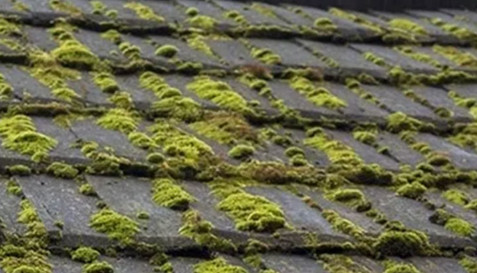 Consequences of Algae Growth:
Consequences of Algae Growth:
While algae growth on your roof may seem like a cosmetic issue, it can have several significant consequences:
Aesthetics: Algae stains can detract from the curb appeal of your home, making it look aged and poorly maintained.
Roof Longevity: Algae growth can reduce the lifespan of your roofing shingles by accelerating their deterioration. Algae can feed on the organic components of shingles, causing premature aging.
Energy Efficiency: Algae can darken the roof’s surface, absorbing more heat and making your home less energy-efficient. This can lead to higher cooling costs during hot summer months.
Health Concerns: While not a direct health threat, the moisture retained by algae can encourage the growth of other, potentially harmful microorganisms, such as mold.
Shingle Manufacturer Solutions:
Shingle manufacturers recognize the challenges posed by algae growth, particularly in humid regions like the Southeastern U.S. To combat this issue and extend the life of your roof, manufacturers have developed shingles with built-in algae resistance features:
Algae-Resistant Shingles: Many manufacturers produce algae-resistant shingles, often referred to as “AR” shingles. These shingles incorporate special granules coated with copper or zinc, both of which inhibit algae growth. Copper and zinc are toxic to algae and deter their colonization on the roof.
Stain-Blocking Technology: Some manufacturers employ stain-blocking technology that incorporates proprietary algae-resistant compounds into the shingle surface. These compounds actively deter algae from adhering to the shingles.
Warranty Coverage: Many roofing manufacturers in the Southeast offer warranties on their algae-resistant shingles, ensuring that your roof remains free from algae-related issues for a specified period. Be sure to check the warranty terms and coverage when selecting shingles.
Maintenance and Prevention:
In addition to choosing algae-resistant shingles, homeowners can take several steps to prevent and manage algae growth:
Regular Roof Cleaning: Periodically clean your roof to remove dirt and debris that can serve as a food source for algae. Be cautious when cleaning to avoid damaging the shingles.
Trim Overhanging Trees: Trim back tree branches that overhang your roof to reduce shade and provide less favorable conditions for algae growth.
Gutter Maintenance: Keep gutters and downspouts clean and in good condition to ensure proper water drainage, preventing excess moisture on the roof.
Professional Inspection: Schedule regular roof inspections with a professional to identify and address any potential issues, including algae growth, before they become significant problems.
In conclusion, algae growth on roofs in the Southeastern U.S. is a common issue due to the region’s humid climate. However, with advancements in shingle technology and proper maintenance, homeowners can effectively combat algae and extend the life and appearance of their roofs. When considering roofing materials, consult with a local roofing professional who can recommend the best algae-resistant shingles suited for the specific climate conditions in your area.
HUDCO Roofing & Exteriors can provide you with the help you need in confronting algae on your roof. You can get in touch with us by calling us at 225-414-6153. We service areas in Alexandria, Houma, and Ruston, LA.
